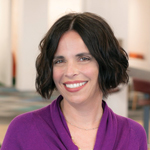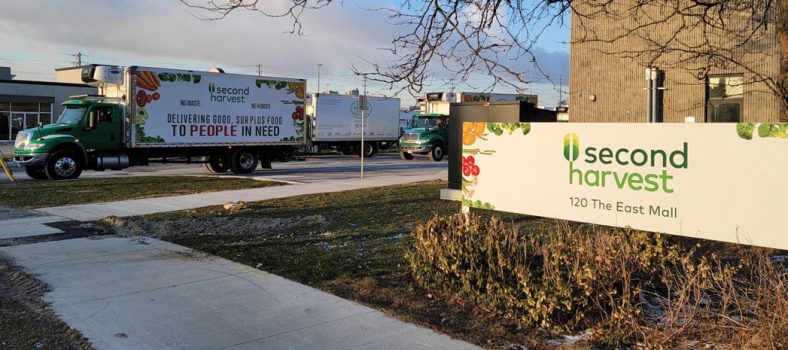By Jenny Love
The role of the gift officer is that of a director, not the star of the show. Gift officers set up strategy discussions between prospects and influential people at their organization, and they are responsible for follow-up and solicitation. But during the discussions themselves they should play a supporting role.
Here are four people your major gift officers need to establish relationships with to make their own show a blockbuster, according to Dan Otto, a fundraising consultant at Marts & Lundy.
1. Your CEO
Having the CEO at the table with your prospects or donors shows the importance of what the foundation is doing, but CEOs’ time is precious. Your first job is to demonstrate why they should spend it with your potential donors. Show them the numbers: how many prospects you have, the return on investment, and the cost to raise a dollar. Once you have their attention, identify key prospects that your CEO can manage.
CEOs are experts at articulating the vision of your organization, and that should be the main focus of their conversations with prospects. When donors hear about the organization’s future directly form the CEO, they gain confidence of the return on their investment since they know that the CEO is going to make sure that the plan comes to fruition.
2. The Medical Staff
Donors enjoy getting to know the development professionals, but at the end of the day, they want to look someone in the eye who’s seen patients every day and learn about their experiences. Involving your medical staff in the major gift process gives potential donors this chance and shows them that their gift is important. Physicians can share stories of their work and the impact of philanthropy on patient care.
If you’re struggling with physician engagement, this is another area in which to involve the CEO. Your CEO can help you pinpoint physicians who may not be in leadership positions but are well respected among their peers and set up conversations with them about the importance of philanthropy, both generally and specifically to projects the physicians are interested in.
One beneficial way to find medical staff to work with you at prospect meetings and for grateful patient fundraising is to look for physicians and nurses who have previously donated to your foundation. Medical staff donors clearly understand the importance of philanthropy and may be more amenable to an ask for support.
When encouraging a physician or nurse to work with your foundation, share your vision with them and spark their imagination by asking them how they would spend $1 million in philanthropy over three or five years. When you get a physician to work with you and you have a success, publicize it as much as you can with other physicians to start a virtuous cycle.
3. Volunteers
The right volunteers bring credibility and prestige to your organization. Donors know that volunteers are not paid and are doing their work out of the goodness of their heart. Volunteers can also make donors feel connected by telling their own personal story.
It’s important to set expectations with volunteers on the extent to which they can be involved in the prospecting process, but once you do that, volunteers can work with a manageable portfolio as peer screeners and for thank-you calls. They can also potentially open doors to their personal networks.
4. Board Members
Interacting with the Board shows donors the importance of their gift, but Board members can be reluctant to ask people for money. One of the easiest ways to engage your Board members and quell their fears is by asking them to make a well-placed thank you call to a donor.
It’s really important for Board members to see each other working for the foundation to reduce their anxiety about philanthropy activities. Ask Board members to talk about their work with the foundation at Board meetings to encourage others to contribute to the effort.
It takes confidence to feel comfortable out of the limelight, and skill to bring the right people together in conversation, but major gift officers who can work with executives, medical staff, and volunteers to do both will create donor relationships that prosper.
 Jenny Love is the Chief Content Officer for the Association for Healthcare Philanthropy.
Jenny Love is the Chief Content Officer for the Association for Healthcare Philanthropy.




